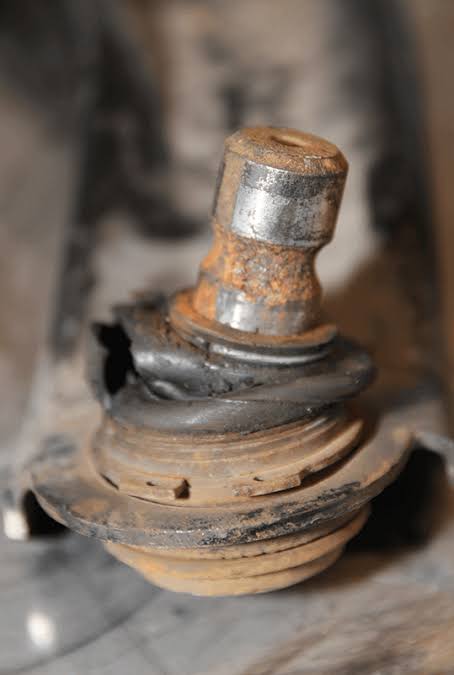Driver Training
Causes of Ball Joint Damage in Cars

Ball joints are critical components in a car’s suspension system, connecting the control arms to the steering knuckles and facilitating smooth movement.
When these components are damaged, it can lead to a host of issues, including compromised handling, uneven tire wear, and, in extreme cases, loss of control.
Let’s explore the various factors that contribute to ball joint damage in cars.
1. Wear and Tear
One of the primary causes of ball joint damage is regular wear and tear.
As vehicles navigate diverse road conditions, the constant movement and load-bearing nature of ball joints make them susceptible to gradual deterioration.
Over time, the joints can experience play, leading to imprecise steering and compromised suspension.
2. Lack of Lubrication
Adequate lubrication is essential for the proper functioning of ball joints.
When lubrication is insufficient or dries out, friction between moving parts increases, causing accelerated wear.
Regular maintenance, including lubrication checks and replacements, is crucial for preventing this type of damage.
3. Contaminants and Debris
The road is rife with contaminants such as dirt, sand, and debris.
Ball joints, exposed to these elements, can accumulate foreign particles over time.
This not only accelerates wear but can also lead to abrasive damage, causing the joints to lose their smooth operation.
4. Poor Driving Habits
Aggressive driving, especially over potholes, curbs, and uneven terrain, places excessive stress on the suspension system, including ball joints.
Repeated shocks and impacts can contribute to premature wear and damage.
Adopting smooth driving practices and avoiding harsh impacts can help preserve the health of ball joints.
5. Vehicle Overloading
Exceeding the recommended load capacity of a vehicle puts undue stress on various components, including ball joints.
Overloading increases the risk of premature wear and can lead to accelerated joint damage over time.
Adhering to specified weight limits is crucial for preventing such issues.
6. Poor Quality Ball Joints
The quality of ball joints varies across different manufacturers and aftermarket options.
Cars equipped with low-quality or substandard ball joints may experience premature failure.
Opting for high-quality, reputable replacements during maintenance or repairs is essential to ensure durability.
7. Corrosion and Rust
Exposure to moisture, road salt, and harsh environmental conditions can lead to corrosion and rust on ball joints.
Rust weakens the structural integrity of these components, making them more susceptible to wear and failure.
Regular inspections and rust prevention measures are vital for addressing this issue.
8. Lack of Regular Inspections
Ignoring routine inspections can allow potential ball joint issues to go unnoticed.
Regular checks by automotive professionals can identify early signs of wear or damage, enabling timely intervention and preventing further deterioration.
In summary, the causes of ball joint damage in cars are multifaceted, ranging from natural wear and tear to external factors like contaminants and poor driving practices.
Car owners can safeguard their vehicles by prioritizing regular maintenance, adopting smooth driving habits, and investing in quality components.
By understanding and addressing these factors, drivers can extend the lifespan of their ball joints and maintain optimal suspension performance.












